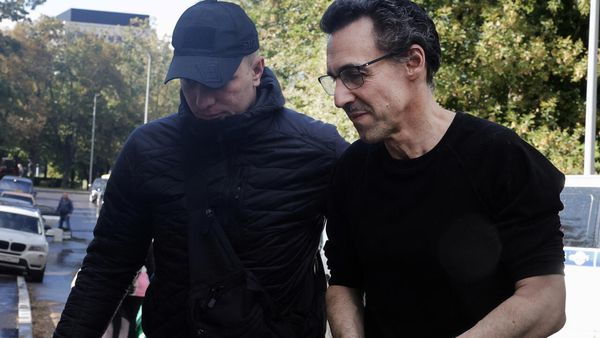
The United States deals with a host of severe weather threats each year, from deadly tornadoes and hurricanes to treacherous flooding. Of all the types of dangerous weather, however, none is more deadly to Americans than high temperatures, specifically intense and long-lasting heat waves.
Although they do not get as much attention as their more violent weather counterparts, heat waves on average kill more Americans than any other severe weather event. To better understand and quantify heat waves by duration and intensity, AccuWeather is unveiling the AccuWeather Heatwave Counter and Severity Index , just in time for summer.
, just in time for summer.
The newly developed counter and index will take into account the number of days a heat wave lasts, along with how high the temperature climbs during a hot spell, providing an unprecedented way to compare past and present heat waves.
“Over many decades, AccuWeather has revolutionized the field of weather forecasting through breakthroughs in forecast accuracy and innovations to further its mission to help people live safer, healthier lives, to get more out of their day and to be better informed to make better decisions,” AccuWeather Founder and Executive Chairman Dr. Joel N. Myers said. “The addition of this new index, developed over many years, adds to AccuWeather’s many significant innovations that have saved over 10,000 lives and prevented injury and harm to over 100,000 people.”
Heat waves are defined as three or more days in which the temperature exceeds a threshold that varies with the climate of each location. For example, heat waves in cities such as New York, Chicago, St. Louis, Minneapolis, Los Angeles, and San Francisco require the daily temperature to reach or exceed 90 degrees Fahrenheit on three consecutive days. The temperature thresholds that define a heat wave are higher in other areas, including 95 F in New Orleans and 115 F in Phoenix.
The Heatwave Severity Index depends on the duration of the heat wave and how much the temperature exceeds the threshold.
For example, in New York City, a three-day heat wave featuring a high of 90 degrees Fahrenheit on each day would be measured as a “3” on the index, while a three-day heat wave with temperatures reaching the middle to high 90s might be measured as an “8” on the index.
The higher the index value, which again factors in the intensity and duration of a heat wave, the more severe the heat wave.
“AccuWeather’s unmatched trove of historical weather data has allowed us to go back and quantify past heat waves for many of the major cities,” said Jonathan Porter, AccuWeather’s chief meteorologist. “With the Heatwave Counter and Severity Index, we count the number of heat waves within the summer and compare them to previous summers, providing helpful information that exclusively places heat waves and their impacts into historical context, so people can better plan their activities, enhance their safety and improve their wellness.”

The comparison of past and present heat waves will allow people and businesses to track and understand trends around the growing impact of climate change and to make the best decisions when they are affected by life-threatening heat, according to AccuWeather leaders.
“When looking at the trends over time, in many cities, there is a clear trend with [an] increasing number of days in heat waves each year, especially in recent decades and also an increase in the severity of heat waves,” Porter explained. “This is likely due to several factors – certainly global climate change as we know we have a warming atmosphere and it is just easier for higher temperatures to be achieved today than in past decades. We also see the impacts of further urbanization driving the ‘urban heat island’ effect resulting in cities experiencing a tendency for higher temperatures.”

The AccuWeather Heatwave Counter and Severity Index will be used on the AccuWeather Network, and on some of the television stations that carry the Exclusive Forecast and will be used as the basis for reports on heat waves.
Produced in association with AccuWeather







